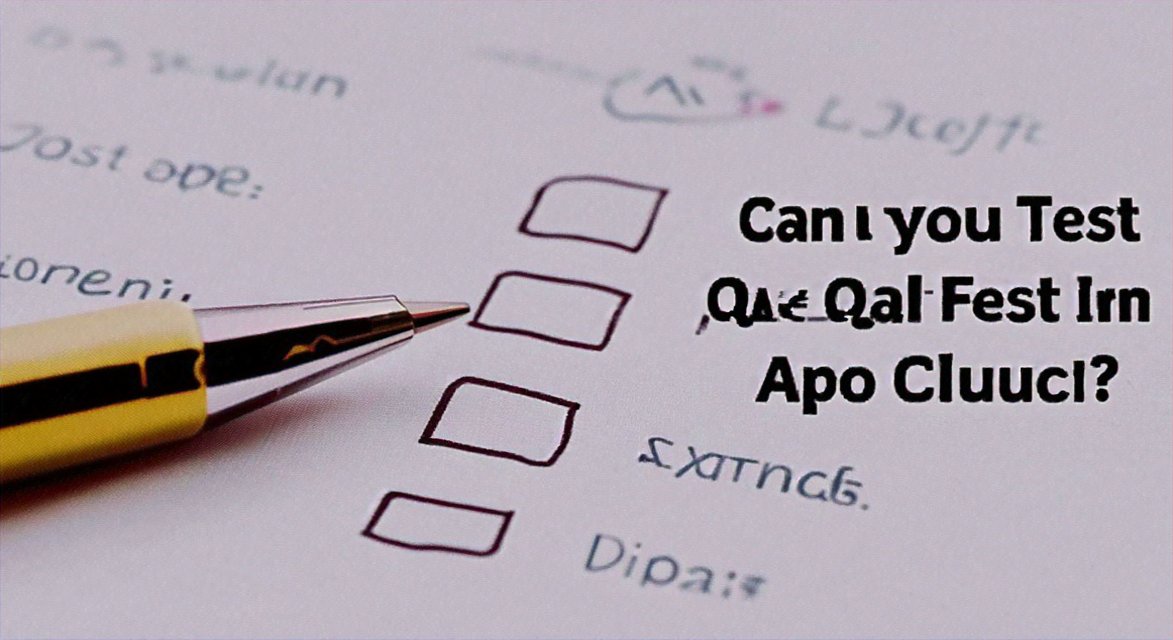Optimizing Your API QA Testing Process: Tips and Tricks for Efficiency 🚀

In today's fast-paced digital world, APIs (Application Programming Interfaces) have become the backbone of modern applications. Ensuring the quality and reliability of these APIs is crucial for the success of any software product. API QA testing plays a pivotal role in this process. This article delves into the best practices and tips for optimizing your API QA testing process, ensuring efficiency and effectiveness.
Understanding API QA Testing
What is API QA Testing?
API QA testing is the process of validating the functionality, reliability, and performance of an API. It involves testing the API endpoints, data exchange formats, error handling, and security aspects. The goal is to ensure that the API meets the required specifications and functions as expected.
Why is API QA Testing Important?
API QA testing is essential for several reasons:
- Ensures Reliability: It helps identify and fix bugs and issues before the API is released to the public.
- Improves Performance: It ensures that the API performs well under different conditions and loads.
- Enhances Security: It helps detect and mitigate potential security vulnerabilities.
- Improves User Experience: It ensures that the API integrates seamlessly with other systems and applications.
Best Practices for API QA Testing
1. Define Clear Objectives
Before starting the testing process, it's crucial to define clear objectives. This includes understanding the API's purpose, expected functionality, and performance requirements. Having a clear understanding of the objectives will help in designing effective test cases.
2. Automate Your Tests
Automating your API QA tests can save time and effort. Tools like Postman, SoapUI, and JMeter can help automate the testing process. Automation also ensures consistency and reduces the chances of human error.
3. Use Mock Services
Mock services simulate the behavior of the API under test. This helps in testing the API without relying on the actual backend services. Mock services are particularly useful during the early stages of development and when testing specific scenarios.
4. Perform Load Testing
Load testing helps identify how the API performs under heavy loads. This is crucial for ensuring that the API can handle a large number of requests without performance degradation.
5. Conduct Security Testing
Security testing is essential to ensure that the API is secure against potential threats. This includes testing for vulnerabilities like SQL injection, cross-site scripting, and unauthorized access.
Tips for Efficient API QA Testing
1. Start Early and Often
API QA testing should start early in the development process and continue throughout the development cycle. Regular testing helps identify and fix issues early, reducing the cost and effort required for fixing them later.
2. Collaborate with Developers
Collaborating with developers can help in understanding the API's design and functionality better. This collaboration can also lead to more effective test cases and faster resolution of issues.
3. Document Everything
Documenting the test cases, results, and any issues encountered during the testing process is crucial. This documentation helps in tracking the progress of the testing process and provides valuable insights for future improvements.
4. Use Continuous Integration (CI)
Integrating API QA testing into the CI pipeline ensures that tests are run automatically whenever changes are made to the codebase. This helps in identifying issues early and ensures that the API remains functional throughout the development process.
5. Stay Updated with New Technologies and Tools
The API testing landscape is constantly evolving. Staying updated with new technologies and tools can help in improving the efficiency and effectiveness of the testing process.
Conclusion
Optimizing your API QA testing process is crucial for ensuring the quality and reliability of your APIs. By following the best practices and tips mentioned in this article, you can improve the efficiency and effectiveness of your API QA testing process. Remember, a well-tested API is a reliable and secure API.
References
- "API Testing Best Practices" - DZone
- "The Ultimate Guide to API Testing" - Postman
- "API Testing: A Comprehensive Guide" - Apigee
- "API Testing: A Beginner's Guide" - Techopedia
- "API Testing Tools: A Comprehensive List" - TestRail
🔗 1. API Testing Best Practices 🔗 2. The Ultimate Guide to API Testing 🔗 3. API Testing: A Comprehensive Guide 🔗 4. API Testing: A Beginner's Guide 🔗 5. API Testing Tools: A Comprehensive List

